5 Days Akagera Wildlife Safari Rwanda
This 5 Days Akagera Wildlife Safari Rwanda will enable you to do game viewing, birding, nature walks, and boat cruises at Akagera National Park.
This attractive park of rolling hills and open grassy valleys are interspersed with thickets, woodlands, and rich wetlands. It is the only place in Rwanda of this sort, and the best to see large schools of Hippos.
While a visit to the presidential museum will give you an insight into the tragedy that happened on April 6th, 1994 when president Habyarimana’s plane was shot down, to date it is a museum and a noteworthy item on the bucket list of the Rwanda tour
Detailed 5 Days Akagera Wildlife Safari Rwanda
Upon arrival at Kigali international Airport, you be met by our safari guide who will transfer you to Kigali to a hotel booked for you.
In case you have had an early flight to Rwanda, you will be taken on a brief tour of the city of Kigali. The next day of the 5 Days Akagera Wildlife Safari Rwanda, your adventure of Akagera National Park will commence
You will wake up early in the morning, and after your breakfast at exactly 7:00 AM our tour guide/driver will be at your hotel to brief you about the whole travel plan.
Thereafter, you will embark on a 3 hours’ drive to Akagera National Park, which located in the west, 106 kms from Kigali.
You will have stopover at the king’s palace museum, located 88 kms south of Kigali. It was built for Mutara 111, which explains why it has a palace-like appearance.
It offers a detailed study of the Rwandan tradition of the monarchy rule, and it’s composed of traditional materials like the artistically designed wooden African chairs plus animal skin mats. While here, you may opt to visit the royal burial grounds of King Mutara and his wife.
After this Rwanda cultural experience, you will resume your journey to the park with an hours’ lunch break on route, thus you will reach Akagera National Park in the evening for dinner and you’re much needed night’s rest
Accommodation:
- Luxury: Ruzizi tented camp
- Midrange: Akagera Game Lodge
- Budget: Dereva Hotel
After an early morning breakfast, you will go for a boat cruise on lake Ihema. A tour guide on the boat will journey you through the history of its existence.
You should expect to see a variety of aquatic life like elephants, hippos, crocodiles, birdlife plus other wildlife.
The boat cruise takes around 3 hours, after which you will head back to your accommodation for lunch. Or break for lunch if you have your packed lunch with you. Later on, you will go sport fishing on the same lake.
The most common fish species caught is tilapia, but there are also other species in the lake like cat fish and lung fish. After this amazing experience, you will return to your lodge for dinner and rest for the night
Accommodation:
- Luxury: Ruzizi tented camp
- Midrange: Akagera Game Lodge
- Budget: Dereva Hotel
on your 3 hours’ morning game drive in the open savannah of the park.
Here, your sightseeing adventure will bring you close to countless groups of wildlife including, elephants, zebras, buffalos, topis, giraffes and hyenas; along with birds of various types.
You then retreat from the activity and head back to the lodge for lunch and afternoon relaxation. Thereafter, you may opt to do 3 hours evening nature walk, which will draw you close to the wildlife, and you will get to learn different animal behaviors as they retire after a long day. After this moment, you will make back to your lodge have dinner and rest
Accommodation:
- Luxury: Ruzizi tented camp
- Midrange: Akagera Game Lodge
- Budget: Dereva Hotel
You arise early in the morning hums of mother Nature, and after your breakfast and checking out from your lodge/hotel, you will transfer back to Kigali, 106 kms from the park which will take approximately 2 hours and 30 minutes, with 1 hours’ lunch while on route.
You will then get to visit the former presidential palace of the late Habyarimana, now turned into a museum, which is composed of wreckages from his jet that was gunned down on April 6th 1994. From here, you be driven back to your hotel or dropped off at the airport
Activities to do on 5 Days Akagera Wildlife Safari Rwanda
Akagera National Park is located in Eastern Rwanda, and it overlooks the savannah plains of Tanzania. This park, the only protected savannah region of the country, shelters a range of lakes including Ihema-the second largest in Rwanda, as well as Rwanyakizinga, shakani, Mihindi, and Gishanju lakes which together combine to form the largest wetland system in the whole of central Africa
Following the end of the Rwandan Genocide, the national park was depleted, with returning refugees using trees for timber and wild life food- lions were hunted to extinction, as were Rhinos. Biodiversity was almost completely ruined and tourism and local commerce disappeared
The park has recovered remarkably, so much in that that in 2017 it witnessed the return of black Rhinos for the first time and after the reintroduction of lions, their population is now on an increase.
With strict anti-poaching monitoring methods in effects, elephants, buffaloes, and leopards have also been spotted again, with a growing population of monkeys as well
The park offers the traditional suite of Rwanda savannah safaris experience, with game drives and lake adventures, boat cruise, birding and nature walks.
Bathing in the waters is strictly forbidden since they are the home of some of the largest concentrations of hippos in East Africa.
Presidential Museum
This palace, now known to be a museum, is located in the outskirts of Kigali city; in the eastern side. It was known to be the residence of the Rwandan president before the 1994 Rwandan Genocide. Prior to this tragedy, the palace had housed two Rwandan presidents plus their families
A visit to this historically noteworthy palace you an insight into the tragedy happened on April 6th 1994, when president juvenal Habyarimana’s plane was gunned down. Unfortunately, he was in the company of the Burundian president, who did not survive either
It contains debris from this catastrophic occurrence which gave impetus to the already mentioned 1994 stain in Rwanda’s history, whereby the embittered Tutsi and Hutus wieldedpangas plus other deadly tools at each other, massacring everyone who crossed their path; young or old, male or female, innocent or guilty
Besides the alluring history behind this palace, there are some features about it that are worth seeing. These include the various fruit trees in the compound, the art piece that was gifted to the then president, plus the lavish nature of this democide which has become a much sought-after museum for most history lover.
A tour guide on site is position to give visitors all details denoting to all the rooms of this building, plus any other mementos one may be curious about
King’s Palace Museum
Situated in Nyanza ya Butare district, presently known as Huye, this history laden site was constructed in 1932.
It is a traditional stead with an unmistakable tinge of modernism to it, and a blend of these makes this place a must visit place for all tour enthusiast
According to www.visitrwanda.com it is a reconstruction of the traditional royal residence, and the King’s palace is a beautifully-crafted thatched dwelling shaped like a beehive
This ethnographic museum encapsulates a great deal of Rwandan monarchial history, which sort of rule was abolished after Rwanda’s independence from their colonial masters.
In its backyard, the cattle that formerly belonged to the monarchy are tended to, and their lineage has been maintained even after the abolishment of the kingdom that rewarded them as a great source of prestige
These cattle, which have a striking resemblance plus some genes of the famous Ankole long-horned cattle of Uganda, have one intriguing attribute.
From the time they are mere calves, they are nurtured to listen to their voice of their herdsmen, and these sing them soothing songs and take care of them like the precious jewels they are.
While at the palace, therefore, one gets to experience all the aforementioned plus some royal regalia like the symbol of power, mats and chairs, all made in a peculiar way
Lake Ihema
Situated in the southern arm of Akagera National Park, lake Ihema has more to it than meets the eye. It is not the second largest lake in Rwanda, but it also enjoys a high degree of protection, owing to the fact that it sits in the aforementioned national park.
According to www.globalnature.org the main threat to this revered Rwandan lake is water hyacinth, which the lake has in abundance.
Water hyacinth is an aquatic plant that multiplies at a high rate, and is known to be unlikeable to the areas outside its native range.
Therefore, the presence of the water hyacinth on this lake is not just as a serious threat to the biodiversity of the region, but it also hinders water transport.
Its damaging effects, among others include, lowering the quality of water because it covers the water and reducing the quantity of dissolved oxygen, phosphate and temperature, resulting in the direct decrease and disappearance of biodiversity of the affected water body.
Additionally, the lake is connected by the Akagera swamps with the Akagera river, which implies that this water hyacinth could be easily spread into nearby waterways such as Lake Victoria and the Nile River
A boat cruise on this lake will give you the opportunity to see a variety of aquatic life like birdlife, elephants, hippos, and crocodiles.
However, since Lake Ihema is not that blessed with a plethora of fish types, yes should only anticipate seeing a few of these reptiles here and there.
In any case fishing is highly restricted on this lake. In spite of all this, your sightseeing expedition on a boat cruise on this lake will still be rewarding undertaking
End of the 5 Days Akagera Wildlife Safari Rwanda
Tour highlight
Day 1: Arrival in Rwanda
Day 2: Transfer to Akagera National Park via King’s Palace Museum
Day 3: Boat Cruise and Sport Fishing
Day 4: Game Drive and Nature Walk
Day 5: Transfer Back to Kigali with a Tour the Presidential Palace
Inclusions and Exclusions
Safari includes:
- Transportation in a tour van/Land cruiser
- Service of an English -speaking tour guide/driver
- All activities mentioned in the itinerary
- Park admissions
- Accommodation on full board
- Entrance fees to all destinations as per the program
- Transfer to and from the airport
Safari exclusions
- All activities not mentioned in the program
- Phone calls bills
- Tips
- International transfers
- Gratitude to tour guides
- Personal insurance
- Personal effects of any nature
- Hotel fees before and after the Rwanda safari
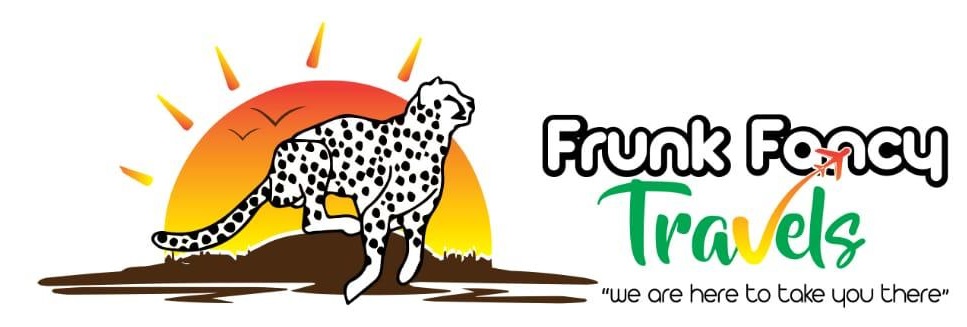
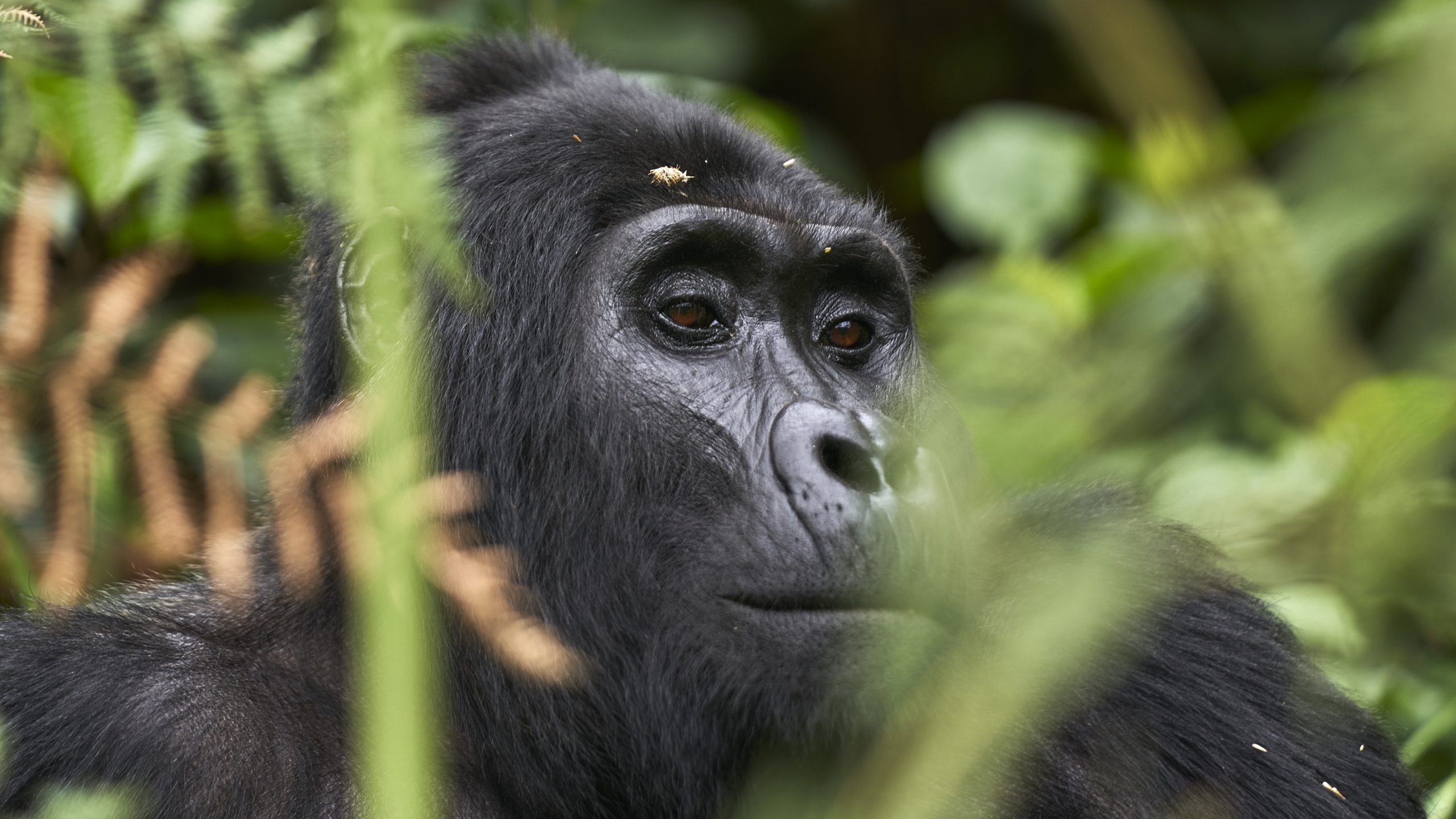
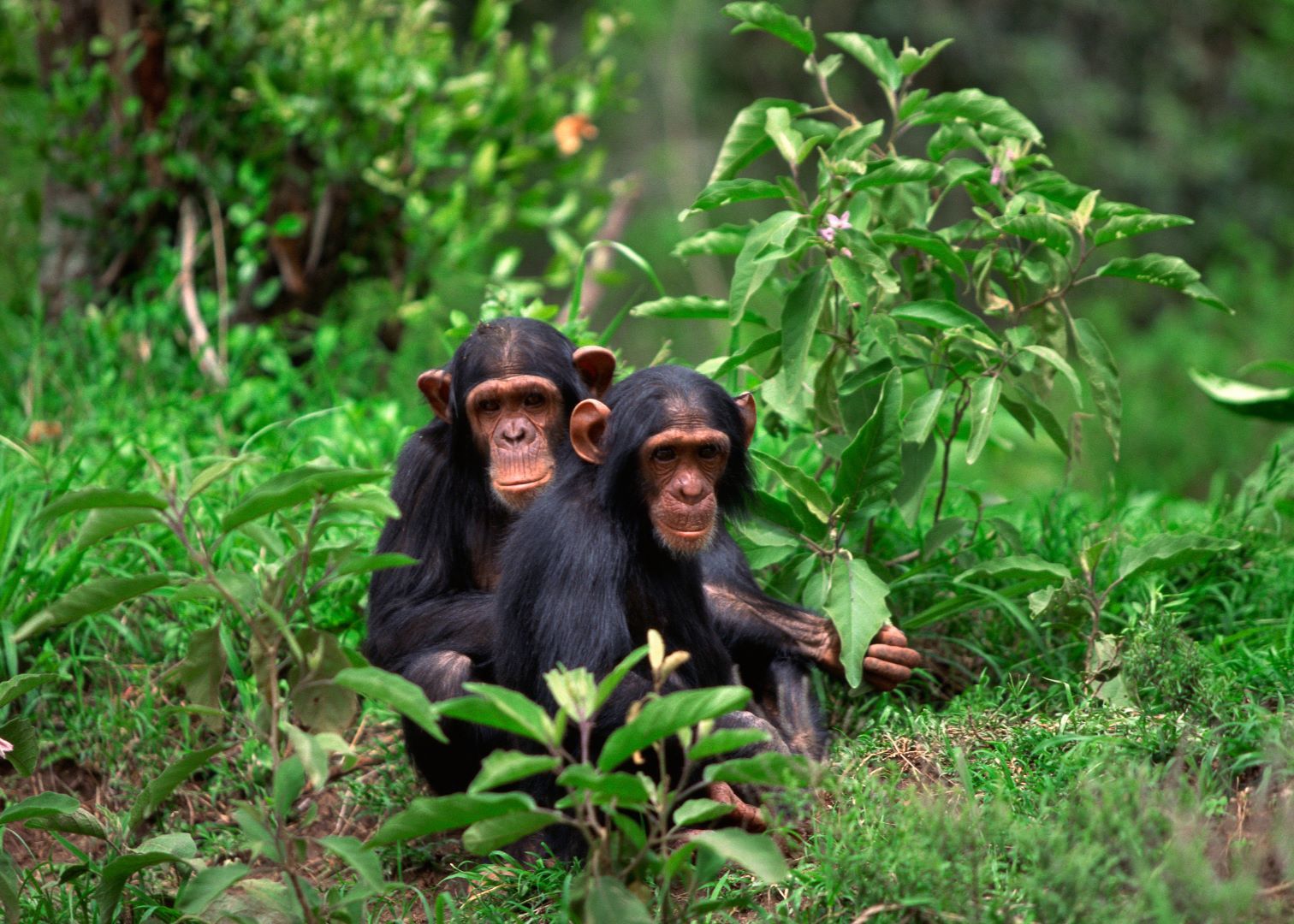
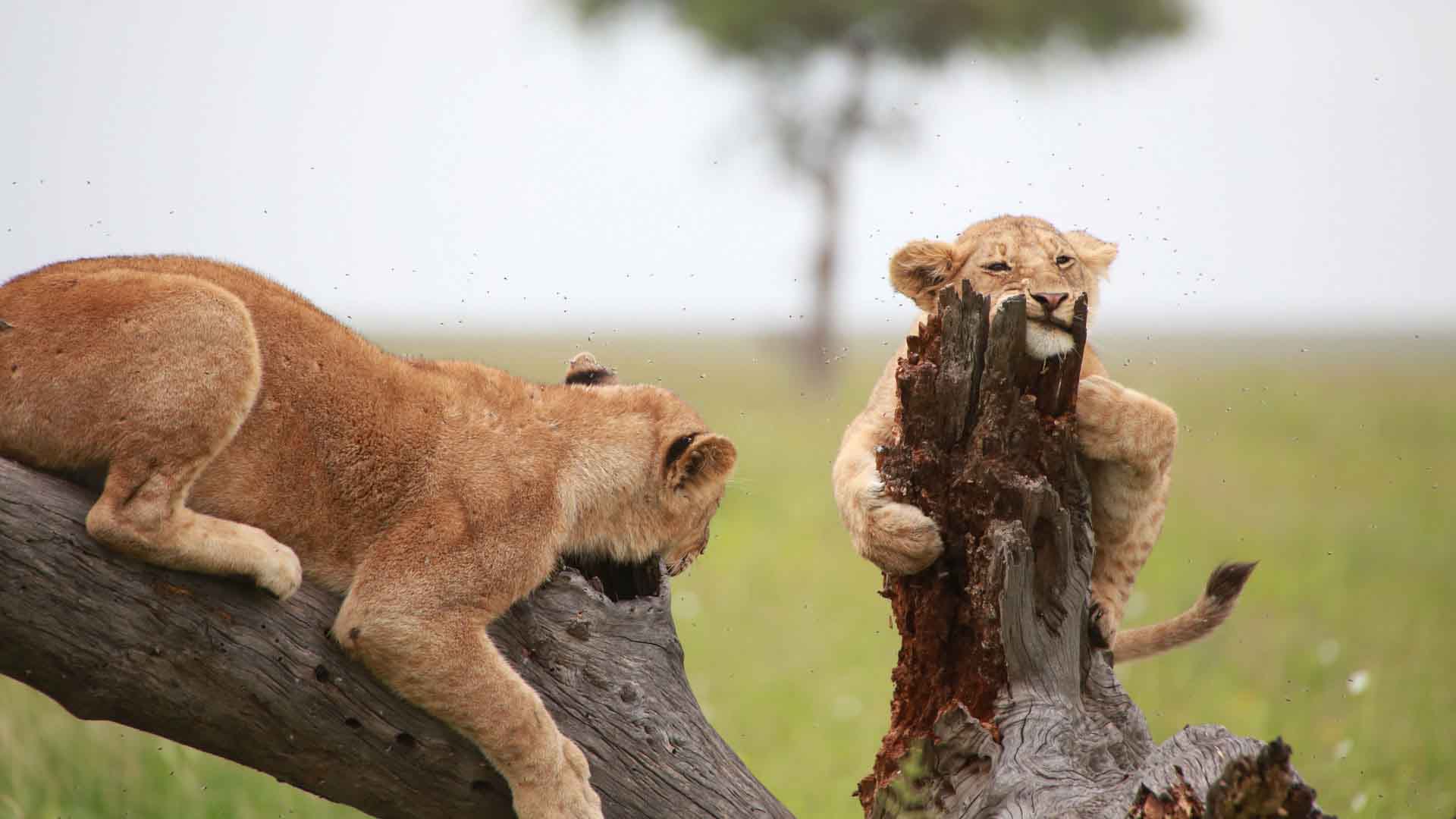
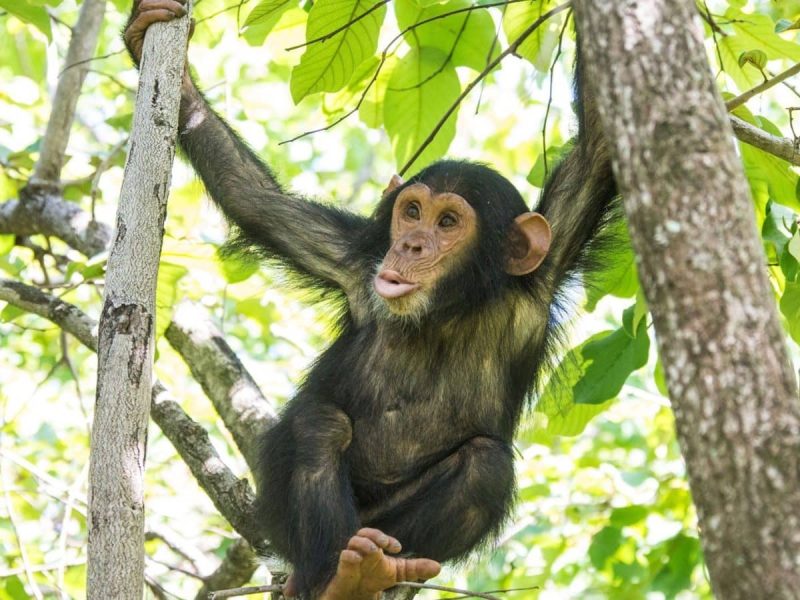

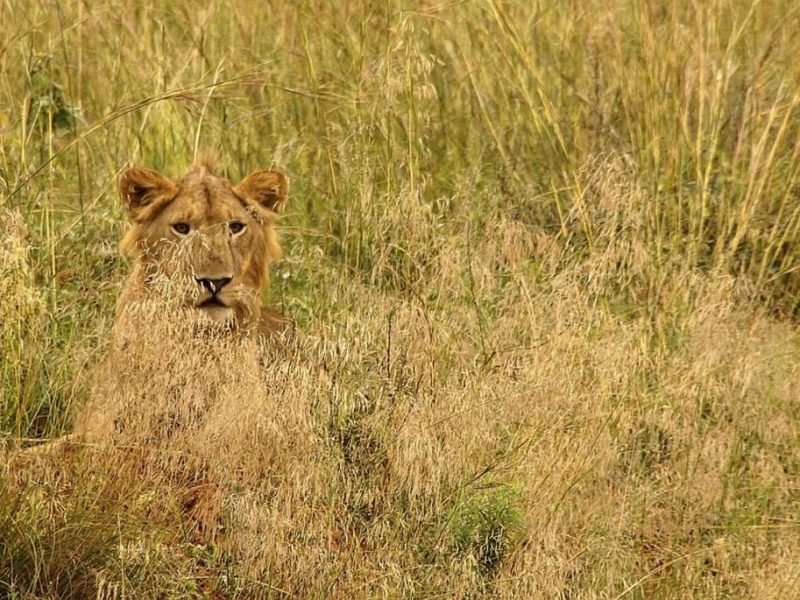

Reviews
There are no reviews yet.